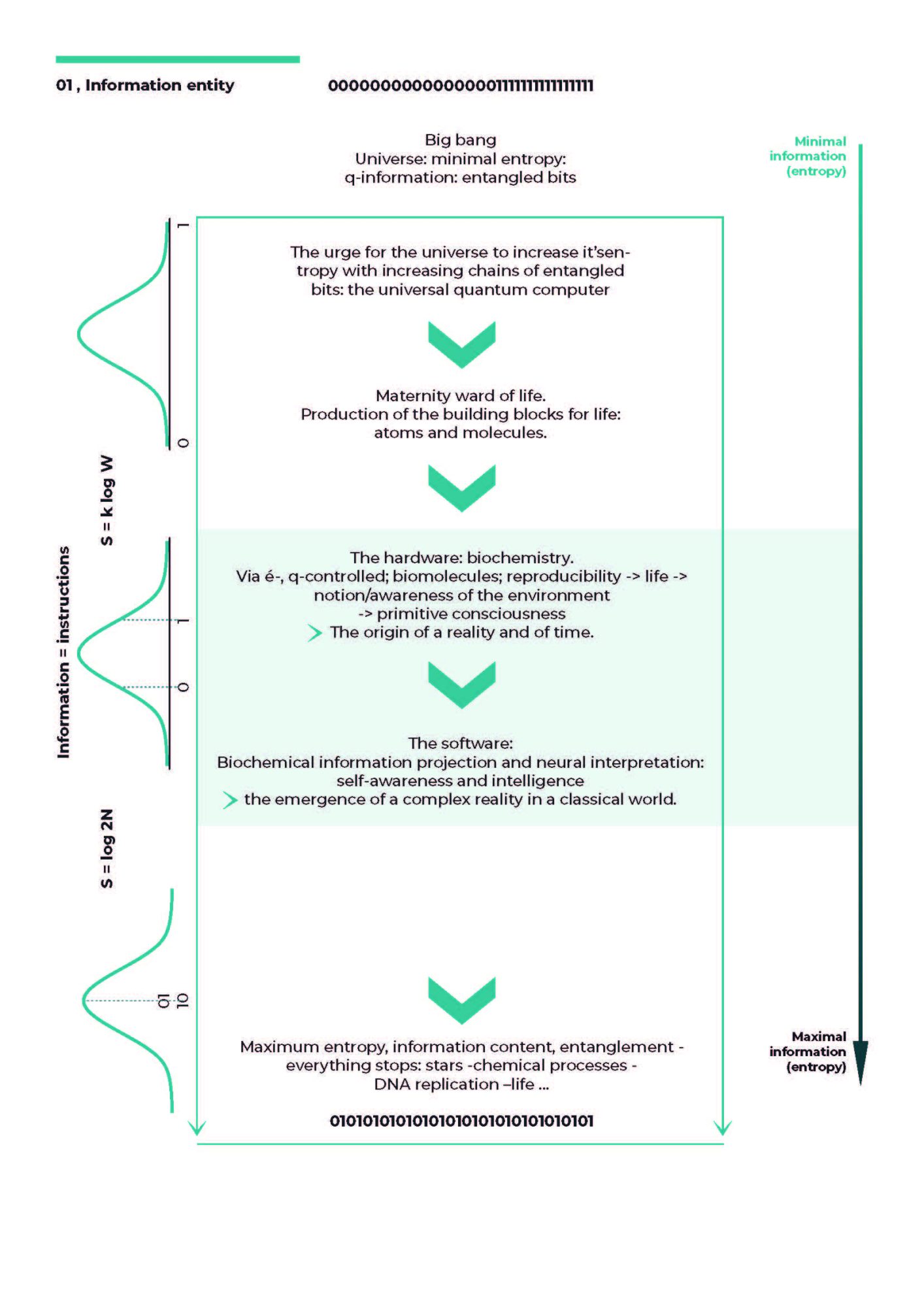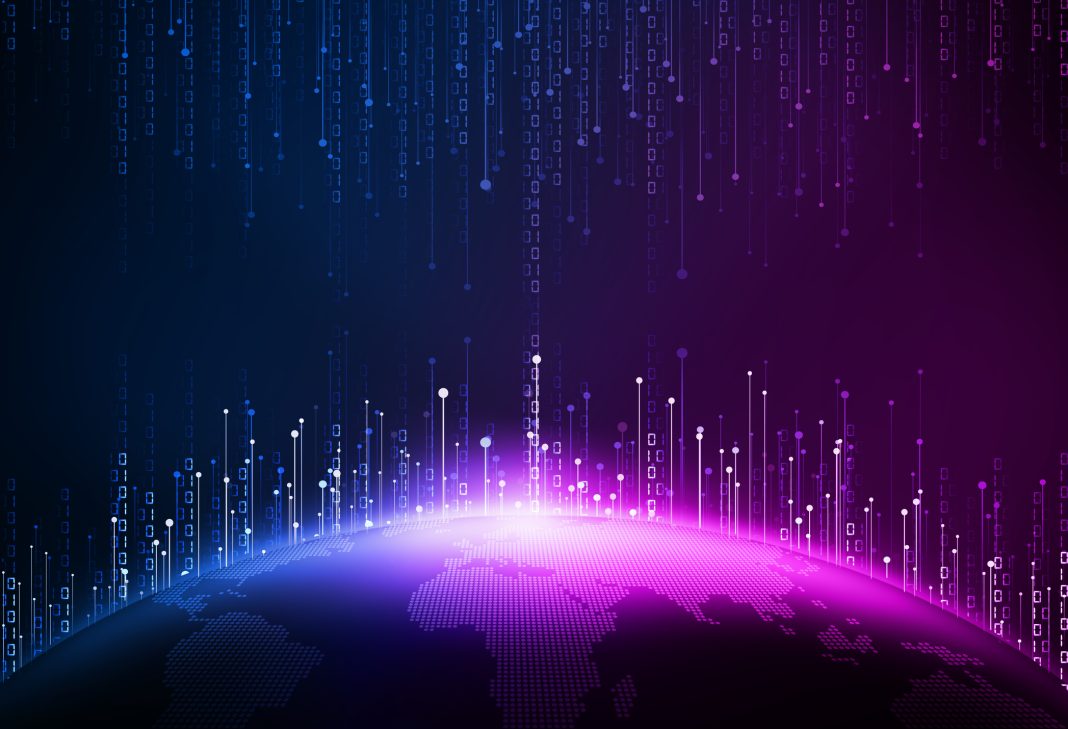Dr Peter Verheyen from the Sola Society & Academy at Vienna University examines the origin of consciousness and various ways in which information serves as the fundamental building block of the universe
Consider the following: A scientist studying atoms is a group of atoms studying themselves. This is a strange way of looking at reality. To understand, we have to travel through the world of the infinitesimal, governed by rules and laws different from the ones we know from our classical world. We must enter the world of information.
The hard problem of quantum physics
Max Born created the measurement problem with his statistical interpretation of the quantum mechanical wave-function: the strange connection between the collapse of a quantum mechanical wave-function and measurement, observation, and interaction with the environment, with projection into a single concrete reality in a classical world where a measurement or observation creates the relevant past-history, John Wheeler’s eye.

The universe: Entropy and information
The universe urges for an increase in entropy and information processing. This increase makes the universe a bustling place where life such as ours can arise. The biochemistry of all life we know has an essential basic property, as the sole islands in the known universe succeed in keeping their own entropy low: life is capable of violating the second law of thermodynamics. Life manages to prevent equal distribution of matter and energy, in which case all biochemical processes stop, and life ends. Growing old and dying, for every solely living thing on Earth, means being unable to keep its entropy low anymore, leading to a malfunction in the biochemical machinery, failing fundamental processes, wear, and ultimately death. Keeping its entropy low is a basic property of life.
Entropy describes a system on a microscopic level and is closely related to information, the Shannon entropy, combined to as Infotropy. They are two parts of the same coin, closely connected with the statistics governing the rules of the universe.
An average human body contains about seven octillion (a seven with 27 zeros) atoms, and they all ‘know’ exactly what to do and how to interact. Hidden webs of information guide the atoms and molecules in their biochemical reactions while obeying the strange laws of quantum physics: every chemical and biochemical reaction depends on the interplay of electrons. All of this is guided by communication between information streams and exchange in the subsystems of the cellular machinery.
Information processing
The universe produced brains, so why can’t the universe itself be a giant super-brain? All we call real is made up of things that cannot be considered real. Our senses are biochemical measuring instruments in our interaction with the environment. They don’t serve to reveal reality to us but help us to survive. Their information is interpreted in the brain as a ‘reality vital to life.’ The brain holds a mask in front of reality behind which the real world, the world of information and quanta, lies concealed. The qubits, the quantum information that makes up the universe, do not signify anything concrete but are transformed by biochemical projection and neural interpretation into apparent reality, as electrical circuits and software do in creating a 3D virtual reality.
Information and reality
The deepest layer of reality consists of information. Information is the building block of the universe, and although a qubit is not a physical object, it contains information about the physical object. Information is real and has to obey physical laws.
The emergence and origin of consciousness and the creation of a world
Consciousness emerges from the exchange of information via chemical and electrical signals, allowing life to have a notion or awareness of its environment. It is the appearance of a world through biochemical information projection and neural interpretation, where reality is an illusion. The brain, the most complex piece of matter in the known universe, creates reality.
This brings us to the question: How can we possibly know what is out there if we ourselves are locked up in complete darkness in a small box?
Life is, encoding and transmitting information between generations. As Carl Sagan put it, ‘We are a way for the universe to know itself’.


